How to sleep with a stiff neck: Optimal sleeping positions and supportive bedding
Sleeping with a stiff neck can be tough, but the right position, pillow, and mattress help reduce discomfort.
Supporting your head and spine correctly is crucial for both relief and recovery.
Best sleeping positions for a stiff neck
For reducing neck pain, back sleeping is often recommended as it keeps your spine in a neutral alignment and distributes weight evenly, preventing undue pressure on neck muscles.
Side sleeping can also be effective, provided your neck remains aligned with your spine.
If you prefer side sleeping, placing a pillow between your knees can further improve hip and spinal alignment. 👍
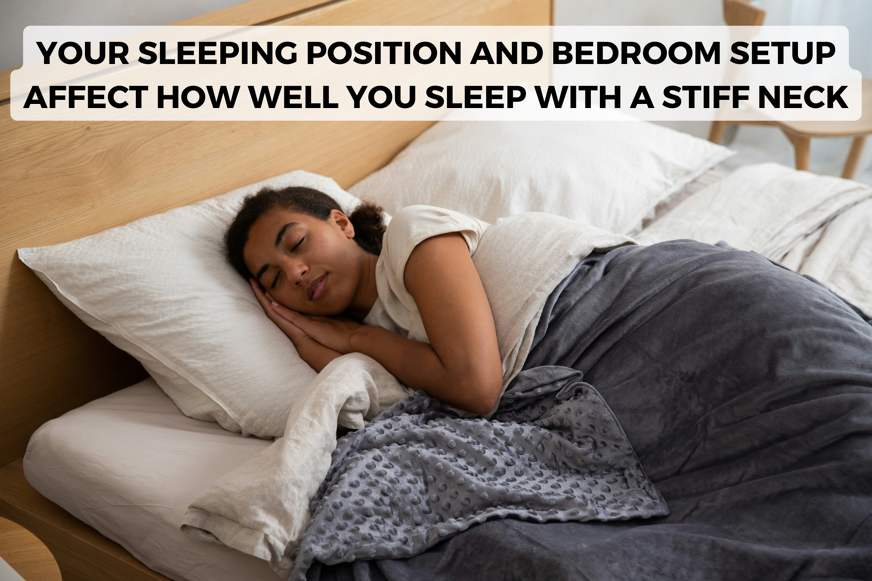
Stomach sleeping, however, should be avoided entirely, as it forces your head to twist unnaturally, which can significantly worsen stiffness and pain.
Choosing the right pillow for neck support
A supportive pillow is fundamental for neck relief - its primary role is to maintain the natural alignment of your head and neck with your spine.
Back sleepers generally benefit from a thinner pillow, while side sleepers typically need a firmer, higher pillow to bridge the gap between their neck and shoulder.
Options like cervical pillows, designed to support the neck's natural curve, or memory foam pillows, which adapt to your unique shape, are often beneficial.
Ensure your pillow is neither too high nor too flat for optimal support.
We're big fans of customisable memory foam options, like the Simba Hybrid pillow or the Emma Premium pillow, which allow you to adjust loft and firmness to support you best.
Mattress considerations for proper spinal alignment
A supportive mattress plays a vital role in spinal alignment and reducing neck pain.
A mattress that sags or is too soft can allow your head and neck to fall out of alignment with your spine.
Conversely, a mattress that is too firm might create uncomfortable pressure points, especially for side sleepers. 🧱
The ideal mattress for neck pain supports your body's natural curves and helps maintain a neutral spinal position.
Many individuals with neck pain find a medium-firm mattress provides the best balance of comfort and essential support.
Some of our favourite options include the Simba Hybrid Pro, DreamCloud Luxury Hybrid, and the Emma Hybrid Premium.
Check out these neck-pain-busting mattresses:
Common causes and symptoms of a stiff neck
A stiff neck [1] is characterised by pain or discomfort that restricts your neck's movement.
Neck discomfort can range from mild soreness and tightness to severe pain, sometimes radiating to the shoulders or upper back, or causing difficulty turning your head.
Muscle strain is a frequent culprit, often resulting from sleeping in an awkward position or maintaining poor posture (e.g., prolonged screen use).
Other common triggers include whiplash from sudden movements, sports injuries, carrying heavy loads on one shoulder, or even emotional stress and tension. 😟
In rarer instances, conditions like arthritis can contribute to chronic neck pain [2].
Home remedies and pain relief strategies
While seeking professional advice is sometimes necessary, several simple home remedies can effectively alleviate a stiff neck and promote better rest.
These options are generally safe and easy to incorporate into your routine.
Neck stretching & gentle exercises
Gentle movements can significantly reduce stiffness and improve neck mobility.
- Try slow, controlled neck rolls, turns, or tilts to prevent muscles from tightening.
- Simple exercises and neck stretches [3] like looking left to right or bringing your ear towards your shoulder can be repeated throughout the day.
- Mild yoga poses or tai chi may also aid flexibility, but always stop immediately if you experience increased pain.
Light massage using hands or a massage gun can also help relax tense muscles, but avoid deep or forceful rubbing on the affected area. 💆

Heat & cold therapy for pain reduction
Applying heat or cold packs [4] can offer quick relief.
Use a heating pad, hot towel, or warm water bottle for 15 - 20 minutes to soothe soreness and improve blood flow. Always use caution to avoid burns, especially with heat.
Cold therapy, such as an ice pack wrapped in a cloth for 10 - 15 minutes, is effective at reducing swelling in the initial hours after pain begins.
Some individuals find alternating between heat and cold provides optimal results. 🔥🧊
Over-the-counter pain medication
For temporary relief, over-the-counter pain medications like ibuprofen, naproxen, or acetaminophen can reduce pain and inflammation.
Always adhere to dosing instructions to prevent side effects, and remember these medications work best when combined with rest and gentle movement.

If pain persists for more than a few days, consult a doctor.
Stress management
Beyond medication, managing stress is crucial, as tension often exacerbates muscle tightness.
Incorporate relaxation techniques such as deep breathing, meditation, or gentle yoga into your daily routine. 🧘
Creating a calm bedroom environment and reducing screen time before bed can also significantly improve sleep quality, aiding your neck's recovery.
Seeking professional treatment
While many cases of stiff neck resolve with home care, sometimes professional intervention is necessary for relief and long-term prevention.
Knowing when to seek medical help and adopting preventative habits is crucial.
When to consult a healthcare provider
Not all neck pain requires a doctor, but it's important to contact your healthcare provider if pain is severe, persistent, or doesn't improve with rest or home remedies.
Seek immediate medical attention if neck pain follows an injury or is accompanied by symptoms such as numbness, weakness, tingling in your arms or legs, fever, severe headache, confusion, or difficulty swallowing or breathing.
Your doctor may perform an examination and recommend diagnostic tests like X-rays or MRI scans to identify the underlying cause.
Seeking physical therapy & chiropractic care
For ongoing or persistent neck pain, professional therapies can be highly effective.

Physical therapy [5] for neck pain relief aims to reduce pain and restore movement through tailored stretches, exercises, and techniques to improve strength, flexibility, and posture.
Therapists may also use heat, ice, or gentle massage.
Chiropractic care can involve gentle spinal adjustments for musculoskeletal pain [6].
When seeking either therapy, always ensure you choose registered and qualified professionals.
Both disciplines offer valuable advice on managing neck pain during sleep and optimising daily habits, including workstation setup, to prevent future discomfort.
Preventing future neck stiffness
Adopting simple daily habits can significantly protect your neck and prevent recurring stiffness.
- Reinforce good sleeping practices by always choosing a supportive pillow and maintaining a back or side sleeping position, avoiding stomach sleeping.
- At work, ensure your computer monitor is at eye level and take regular breaks to stretch and move around.
- Maintain good posture throughout the day, sitting with relaxed shoulders and feet flat on the floor.
- Regular neck stretches and general physical activity can also help.
If you have underlying sleep conditions like sleep apnoea, consult your healthcare provider for specific advice, as these can impact neck health. 🧑⚕️
Conclusion: Regain your comfortable sleep
Waking up with a stiff neck can disrupt your day, but with the right strategies, comfortable and restorative sleep is well within reach.
By prioritising optimal sleeping positions on your back or side, and investing in a supportive pillow and mattress, you can significantly reduce strain on your neck.
Simple home remedies like gentle stretches, heat or cold therapy, and stress management offer effective relief.
Remember to consult a healthcare provider if pain is severe or persistent, or accompanied by concerning symptoms. 🏥
By integrating these tips into your routine, you can learn how to sleep with a stiff neck more comfortably and prevent future discomfort, ensuring you wake up refreshed and ready for the day.




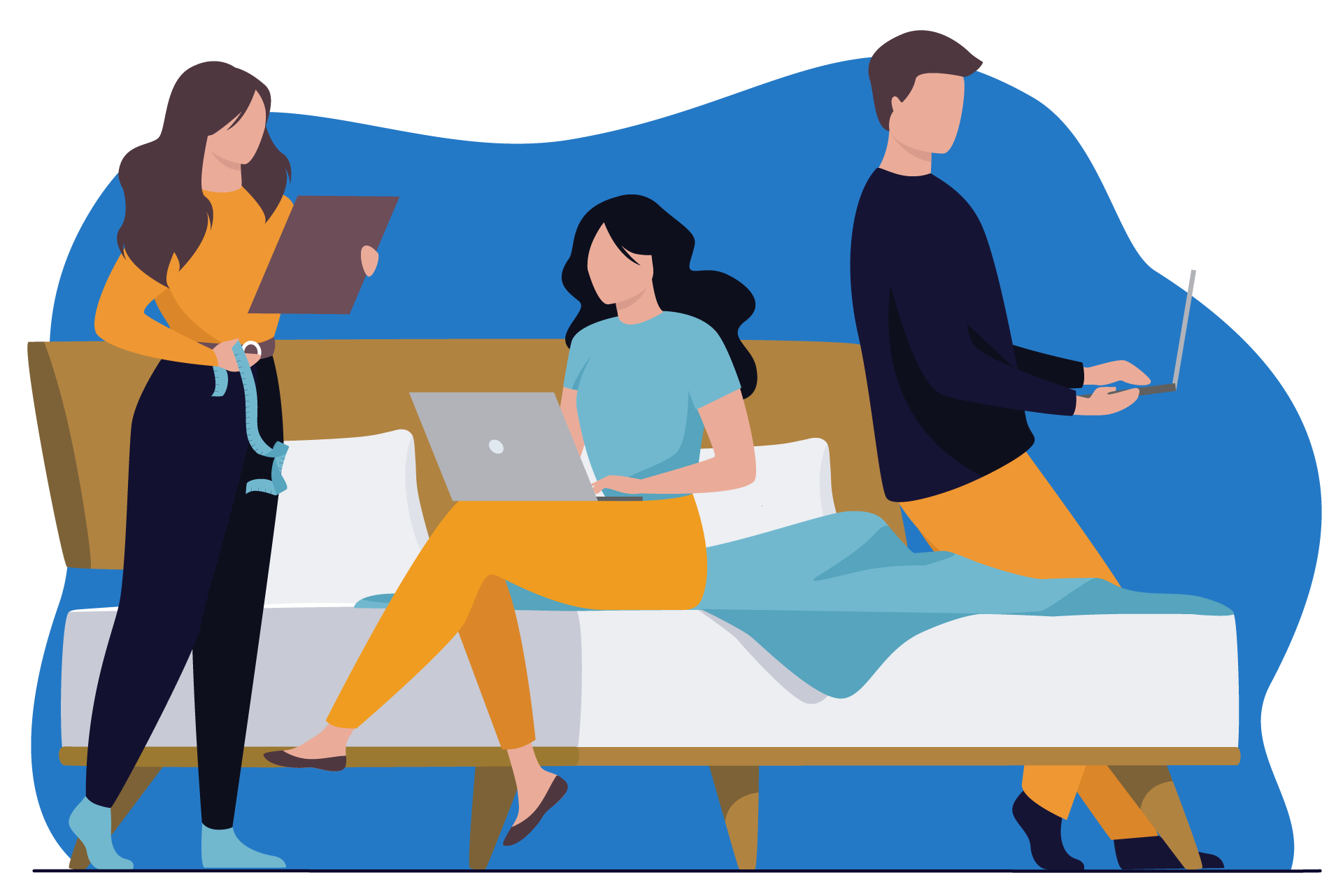


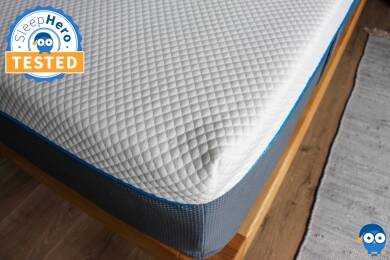



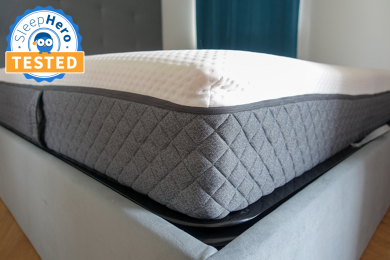


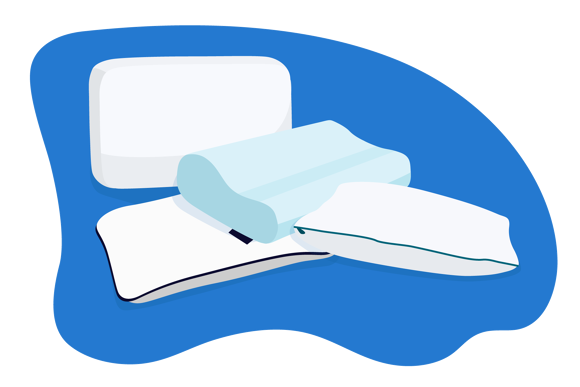
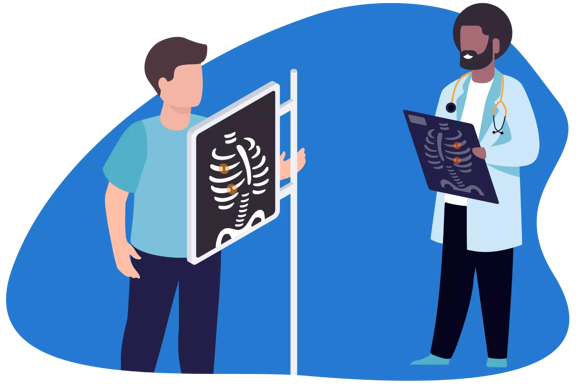


Alternatively, message us directly via the Contact Us page.